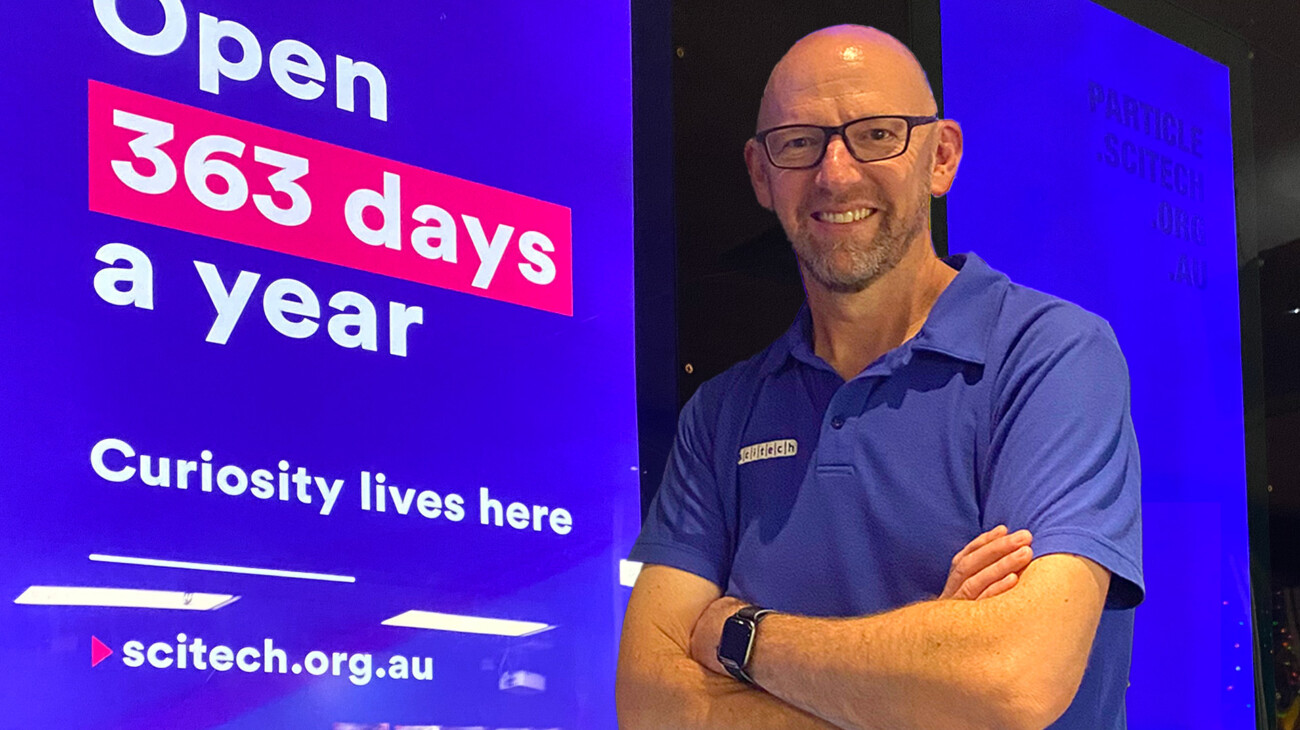Posted Tuesday, 20 May 2025
Scitech to spark science curiosity across the Kimberley
Scitech is embarking on an epic tour across the Kimberley, visiting 26 remote community schools.
To acknowledge International Day of Women and Girls in Science, Scitech CEO John Chappell looks at the pervasive challenge of under-representation of women and girls in STEM.

Picture an engineer. Imagine them at a computer modelling fluid dynamics, presenting plans to the client, wearing high-vis and a hard hat on a metal refinery. Hold this image in your mind for a moment. What gender did you give your imaginary engineer? It was probably male. If you are shocked by that, then you are not alone. Research reveals that most people imagine a male, regardless of their own gender.
The aim of this thought experiment is not to pass judgement, but to highlight the reality of the persistent gender disparities in science, technology, engineering, and mathematics (STEM) fields. There are many factors that contribute to the stark under-representation of women in STEM. However, we often overlook the fact that the problem starts from birth with the subtle subconscious gender biases that we all carry.
February 11 is International Day of Women and Girls in Science. It is a day to celebrate the incredible achievements of women in science, but also to face the pervasive challenge of under-representation of women and girls in STEM, including here in Western Australia.
There are many compelling reasons why we need more women working in science and technology. First is a simple numbers game. We don’t have enough STEM-skilled workers to meet the needs of the current economy, let alone the numbers needed to deliver the clean energy transition, service the nuclear submarines due to arrive in 2030, or to drive our burgeoning space industry. More importantly, we need greater diversity of thought and experience to solve the big challenges that are coming our way.
To turn this around there are targeted programs and funding at national and state levels, through industries, universities schools, and not-for-profits. Data shows that girls enjoy and achieve as well in science as boys. So why do we continue to see this disparity?
A considerable issue lies in the fact that we initiate the process too late. By the age of 10, girls’ aspirations for STEM careers are significantly lower than their aspirations in the arts. Additionally, once children reach the age of 10, they are less likely to reconsider whether STEM is a suitable path for them.
The Australian Academy of Science has documented what they called leaks in the pipeline of STEM careers. Reasons for the leaks include biases, stereotypes, family and cultural expectations, lack of role models and a lack of understanding of career options within science. We can see that the first three of these happen well before their first day of school.
Stereotypes begin to form from the age of two. To break down stereotypes that discourage young girls from pursuing science careers, provide early exposure to STEM activities and diverse role models. Encourage curiosity and confidence. Actively challenge gender stereotypes and create a supportive atmosphere that empowers girls to explore and thrive in the field of science. Closing the gender gap in STEM starts from birth.
This article was originally published in The West Australian.
Upon clicking the "Book Now" or "Buy Gift Card" buttons a new window will open prompting contact information and payment details.